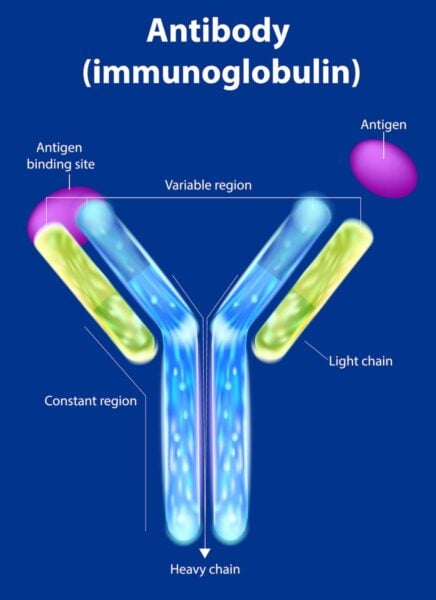A team of researchers at Georgia State University has developed a novel antibody therapy that could significantly advance the fight against HIV. Using antibody genes from llamas, the scientists have created tiny, potent molecules capable of targeting and neutralizing a wide variety of HIV-1 strains – the most common form of the virus.
Harnessing Llama Antibodies to Combat HIV
Led by Assistant Professor Jianliang Xu, the research team engineered nanobodies – antibody fragments about one-tenth the size of conventional antibodies – derived from llama DNA. These nanobodies have shown remarkable effectiveness in neutralizing HIV-1 strains.
“This virus has evolved a way to escape our immune system. Conventional antibodies are bulky, so it’s difficult for them to find and attack the virus’ surface,” Xu explained. “These new antibodies can do this in an easier way.”
The study, published in the journal Advanced Science, presents a widely applicable method to enhance the performance of nanobodies. By immunizing llamas with a specially designed protein, the researchers were able to produce neutralizing nanobodies. They then identified those that could target vulnerable sites on the virus.
Breakthrough in HIV Neutralization
The team’s innovative approach involved engineering the nanobodies into a triple tandem format by repeating short lengths of DNA. The result was astounding: these nanobodies demonstrated the ability to neutralize 96 percent of a diverse panel of HIV-1 strains.
Further analysis revealed that these nanobodies mimic the recognition of the CD4 receptor, a key player in HIV infection. To enhance their potency, the researchers fused the nanobodies with a broadly neutralizing antibody (bNAb), creating a new antibody with unprecedented neutralizing abilities.
“Instead of developing a cocktail of antibodies, now we can make a single molecule that can neutralize HIV,” Xu said. “We are working with a broadly neutralizing nanobody that can neutralize over 90 percent of the circulating HIV strains, and when we combine that with another bNAb which also neutralizes some 90 percent, together, they can neutralize close to 100 percent.”
Why it matters: This research represents a significant step forward in HIV treatment and prevention. The ability to neutralize such a high percentage of HIV-1 strains with a single molecule could lead to more effective and simplified therapies for millions of people affected by HIV worldwide.
The study builds on nearly 15 years of research involving animals from the camelid family, like llamas. These animals produce antibodies with unique shapes and features that make them more effective at identifying and neutralizing foreign objects, including the HIV virus.
Payton Chan, a Ph.D. candidate at Georgia State University working with Xu, expressed excitement about the research’s prospects. “These nanobodies are the best and most potently neutralizing antibodies to date, which I think is very promising for the future of HIV therapeutics and antibody research,” Chan said.
While the results are promising, it’s important to note that this research is still in its early stages. Clinical trials will be necessary to determine the safety and efficacy of these nanobodies in humans. Additionally, questions remain about how this therapy might be administered and how frequently it would need to be given to maintain its effectiveness.
Looking ahead, Xu and his team plan to explore combining llama nanobodies with other existing broadly neutralizing antibodies. The goal is to achieve 100 percent neutralization of HIV-1 strains, potentially offering new treatment options in the ongoing fight against HIV.
This innovative approach to HIV treatment highlights the importance of exploring unconventional sources in medical research. As we continue to face global health challenges, the unique biological properties of animals like llamas may hold the key to breakthroughs in human medicine.


